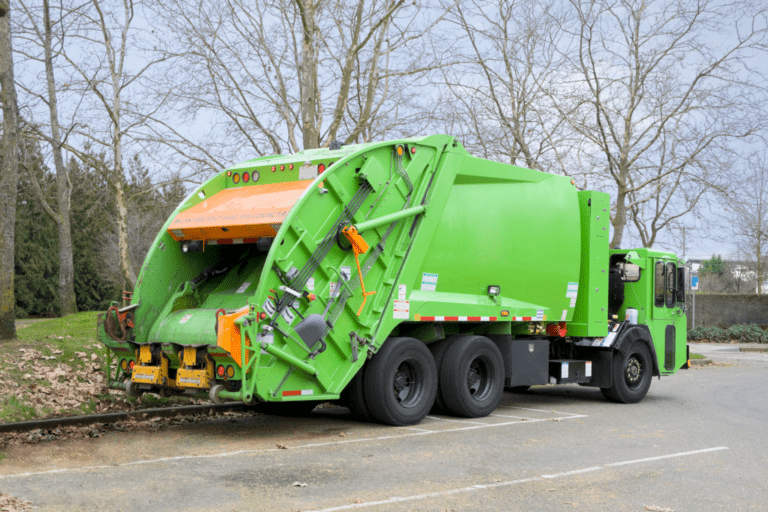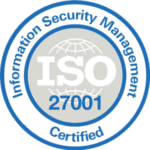No matter how many vehicles you have in your fleet, you are going to have drivers that are going to be stopped by DOT officers. Instead of just hoping that everything will turn out all right, you need to be prepared. You also need to prepare your drivers to ensure that everything passes inspection.
It is important to check your vehicles (and drivers) every day to make sure that they are going to pass any roadside inspections. Though this may take some extra time in the morning (or the evening), it will be worth it when you don’t have to worry about your vehicles being stopped.
To do this, you need to understand the eight levels of inspections that your commercial vehicles (and drivers) will be subjected to at a DOT roadside inspection. Here is a quick guide to these inspections.
Level 1: North American Standard Inspection (NAS)
This inspection is the most in-depth one that your commercial vehicle (and driver) will have to go through. It is a thirty-seven step procedure to make sure that the vehicle and driver are as safe as possible.
First, your driver will be subjected to some questions. He or she will have to hand over some documents that will be examined by the DOT officer. Your driver will need to have the following documents handy at all times:
-
Driver’s license and medical certificate
-
Logs
-
Driver and vehicle inspection reports (DVIRs)
-
And much more
Then, the DOT officer will go through the vehicle. He or she will look at:
-
Exhaust system
-
Rims and tires
-
Brakes
-
Suspension
-
Steering
-
Windshield wipers
-
Lights and turn signals
-
Trailers (and making sure that the load is secure)
-
And much more
When going through the level one inspection, the officer just wants to make sure that the truck and trailer are in good condition (and well maintained). They also want to make sure that the driver is working as he or she should. They don’t want the driver to be working more than he or she should because that is a major cause of accidents. It is also important that the driver is healthy enough to be behind the wheel.
Level 2: Walk-Around Driver and Vehicle Inspection
The level two inspection uses the same guidelines as a level one inspection, though the only thing that the officer can look at is what he or she sees while walking around the vehicle. He or she is not allowed to get underneath the truck and trailer.
Level 3: Driver Only Inspection
A level three inspection focuses on the driver. Here are some things that will be looked at during this inspection:
-
Driver’s license and medical card
-
DVIRs
-
Logbook from the last eight days
-
Overloaded permits
-
Driver’s records of duty
-
Any incident history that the driver has
-
Whether the driver is under the influence of drugs or alcohol
Level 4: Special Inspection
A level four inspection focuses on a single piece of equipment that may be faulty or unsafe. Researchers will determine what trends are unsafe so that DOT officers know what to look for when they are doing a level four inspection. This can change regularly as more research is being done on commercial vehicles and their safety.
Level 5: Vehicle Only Inspection

A level five inspection is completed when the driver is away from his or her truck. The DOT officer uses the same criteria used in a level one inspection. He or she is able to look underneath the truck and trailer.
The DOT officer will look at the following:
-
Brakes
-
Trailers (and making sure that the load is secure)
-
Exhaust
-
Lights and turn signals
-
Fuel systems
-
Steering
-
Suspensions
-
Rims and tires
-
And much more
Level 6: Enhanced NAS Inspection For Radioactive Shipments
Level six inspections don’t apply to everyone. In fact, they only apply to those highly specialized trucks and trailers that haul radioactive substances. Previously, this inspection was known as the NAS Inspection for Transuranic Waste and HRCQ (Highway Route Controlled Quantities) of Radioactive Material.
This includes drivers who transport medical waste, hazardous materials, and nuclear plant trucks. This level takes about an hour to complete. During that time, it inspects vehicles to make sure that they are following the requirements necessary to get hazardous materials from one place to another. It will also make sure that the shipments are handled correctly.
Once a truck passes a level six inspection, they will receive a symbol on their truck. However, it must be removed once it has made it to its destination. These are only good for one time.
Level 7: Jurisdictional Mandated Commercial Vehicle Inspection
Level seven inspections apply to other commercial vehicles. This includes almost any commercial vehicle that is not a truck and trailer, including:
-
School buses
-
Shuttles
-
And much more
Only certain DOT officers can inspect these vehicles. They are usually done by approved contractors or government officials.
Level 8: North American Standard Electronic Inspection
Level eight inspections are the only ones that aren’t completed on the side of the road. In fact, they are done while the vehicles are being driven. This is often done wirelessly or electronically.
During a level eight inspection, DOT officers will be looking at:
-
The location, with coordinates
-
Drivers license class, endorsement, status, and a medical examiner’s certificate
-
Record of duty
-
Compliance when it comes to their hours
-
USDOT number
-
And much more
So, How Can We Help?
At Whip Around, we are proud to offer electronic inspection solutions that are user-friendly. They can be used to ensure that all of your inspections are completed properly. Our digital DVIR app is the best way to make sure that your drivers are compliant with DOT regulations so they are always ready for an inspection. If you are struggling to maintain your fleet, contact us today. We will make sure that your vehicles are being maintained properly and your drivers are ready for any inspections that may come their way!









